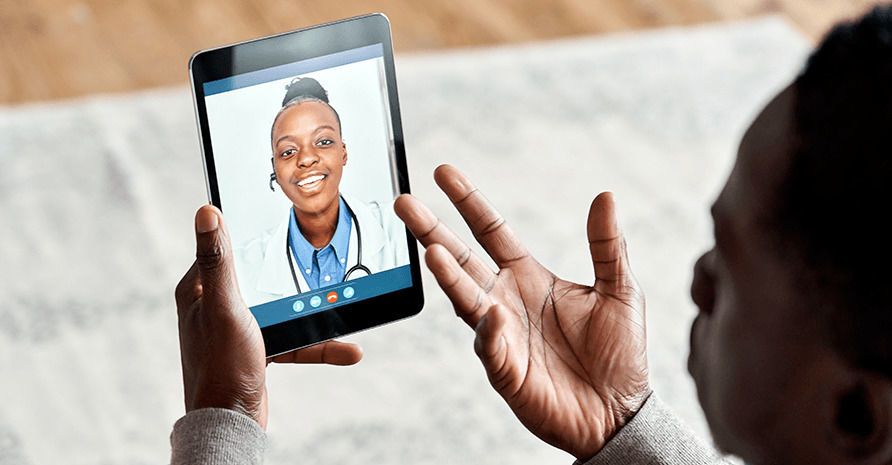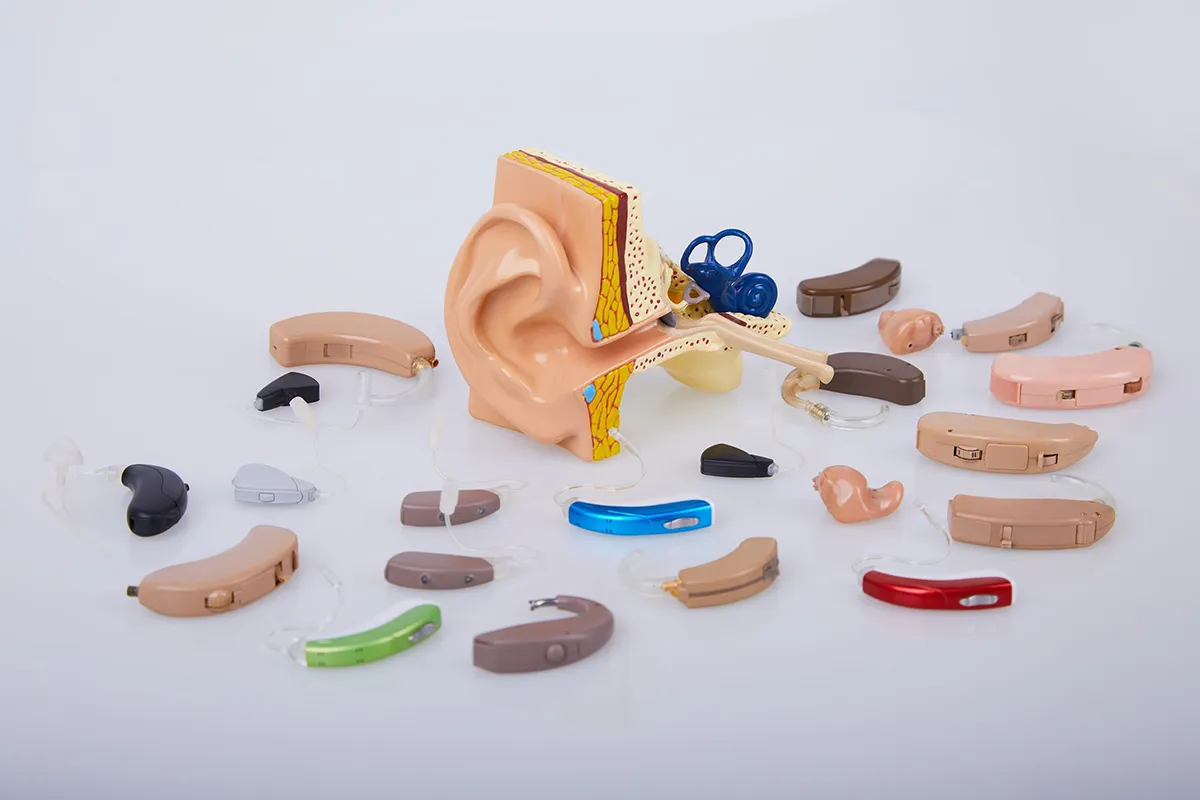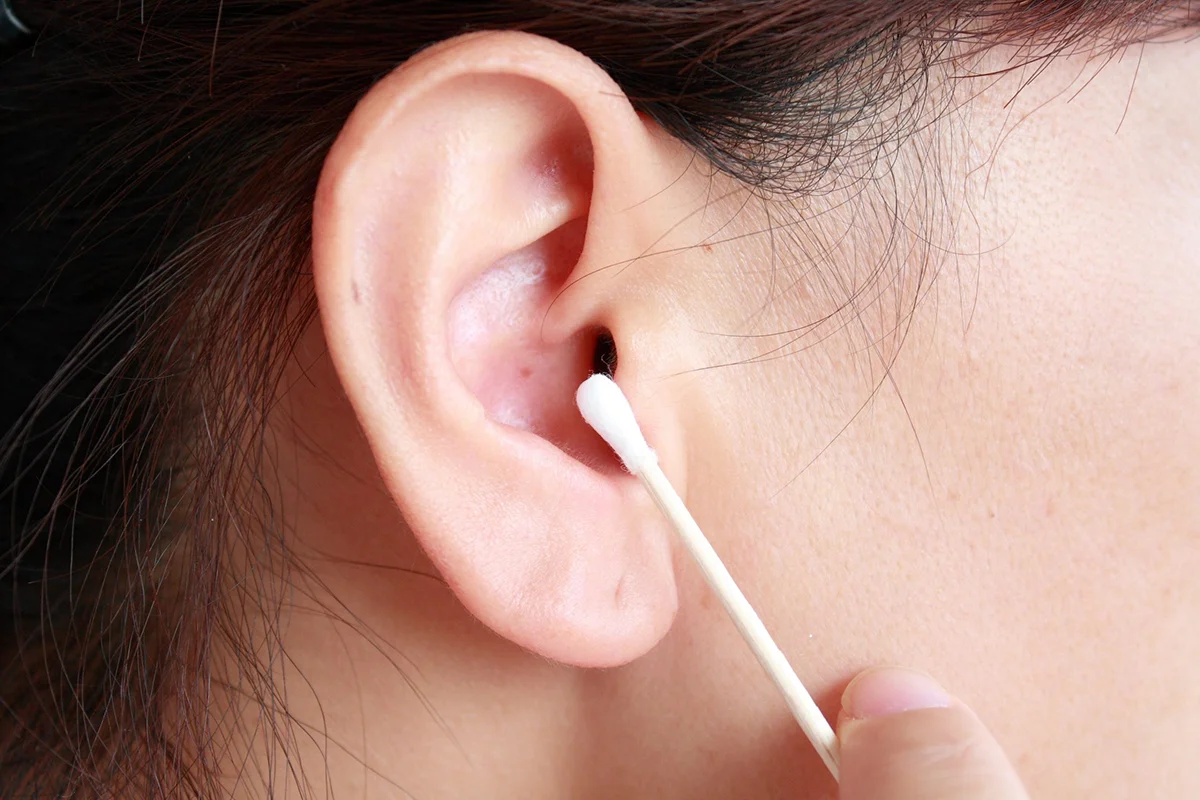Teleaudiology, which refers to the delivery of audiological services via telecommunications, could play a role in making patient care more accessible. Recent years have seen clinical practices establishing teleaudiology programs with the goals of better meeting patient demand, improving quality of care, and reducing costs for both parties. Here, representatives from the Academy of Doctors of Audiology (ADA) discuss the future of hearing services, including the organization’s position on teleaudiology, as well as access to and the coverage of audiology services.
What is the ADA?
With its headquarters in Kentucky, the ADA is a nationwide organization focused on promoting quality audiologic care. Each year, it coordinates programming for current audiologists and students of audiology alike in line with its goals of advancing practitioner excellence, perpetuating high ethical standards, and encouraging sound business practices and professional autonomy.
Originally established in 1977 as the Academy of Dispensing Audiologists, the organization and its nine founding practitioners were concerned primarily with the professional distribution of hearing aids. Gradually, the ADA’s scope of focus expanded. In the 1980s, the organization laid the groundwork for the creation of the Doctor of Audiology (Au.D.) degree, championing audiology’s transition to encompass not only a field of study but also a health care profession. Today, a Doctor of Audiology is the minimum degree United States educational institutions offer for audiology practice.
The Path to Advancing Hearing Health Care
Dr. Victor Bray, M.Sc., Ph.D., FNAP, and a past president of the ADA who now sits on the board of directors of the Audiology Awareness Campaign, explains how the field of audiology is expanding and evolving. “What audiology is learning to focus on,” he says, “is stressing the auditory system in our testing to determine how well does your auditory system function when there is noise around you. We're going to move from treating hearing loss alone, which is hearing loss and quiet, to focusing on helping auditory processing by helping people hear better in noise. And that’s the path to the huge advance in health care.”
According to Bray’s colleagues at ADA, more advancements can be made if barriers are removed in key areas. One example is in teleaudiology, where the organization would like to see changes in terms of both access and coverage.
What Is Teleaudiology?
Teleaudiology involves the use of telecommunications (for example, email, web cameras, and messaging via smartphone apps) to provide audiological care to patients. Examples of teleaudiology appointments include video conferencing in real time between health care professionals and their patients—such as for initial consultations or follow-ups to test hearing aid settings—as well as diagnostic testing that occurs as remote testing. Today it’s even possible for patients with cochlear implants to test their hearing at home using a smartphone or other smart device under the guidance of their clinician.
“ADA is very pro telehealth,” says ADA Executive Director Stephanie Czuhajewski. “ADA’s view on telehealth and teleaudiology is that it should be utilized at the audiologist’s discretion where the care can be delivered in a consistent manner with an in-person visit. So as long as the standard of care can be achieved, it should be up to the audiologist to determine when, where, and how that care is delivered.”
Benefits of Teleaudiology
According to a 2021 study of contemporary audiology, the advantages of teleaudiology can be bucketed into four main categories: greater access, reduced costs, improved quality of care, and better ability to meet patient demand.
According to a 2019 analysis in the international journal Social Science & Medicine, more than half of all counties in the United States do not have an audiologist. Teleaudiology, therefore, makes access to audiological services possible for many patients who might otherwise be unable to receive hearing care. This could be especially true for people who live in rural areas and who might find it extra challenging to invest in the travel time and expenses associated with repeat in-person appointments, particularly when the nearest qualified practitioners are a significant distance from the rural communities.
Additionally, teleaudiology options might enable practitioners to meet patient demand more efficiently, leading to a potential cost savings for both parties. Patients who are open to remote appointments might not have to wait as long between follow-ups. This could help the doctor continue to deliver a high level of care and could boost a patient’s overall satisfaction with the experience.
 Many insurance providers cover some form of telehealth care; however, the exact coverage, including teleaudiology coverage, still varies from state to state.
Many insurance providers cover some form of telehealth care; however, the exact coverage, including teleaudiology coverage, still varies from state to state.
Where Is Teleaudiology Available?
Most states permit audiologists to utilize teleaudiology, although the scope of allowable services differs from state to state. It’s advisable to contact your current clinic or the clinic where you want to establish care to ask what remote services they’re able to offer. If you’re not sure where to start, the ADA website’s Find an Audiologist search tool can help you locate an audiologist in your area.
For many patients, the degree to which their state has embraced telehealth technology directly impacts their health care. “What we found during the pandemic,” Czuhajewski says, “is that the states that had a more liberal stance on the delivery of telehealth services were the states where consumers and patients were more able and better able to get access to the audiology services that they need.”
She continues, “And it was really important during that time because, as you may recall, everyone was wearing masks all the time, and it was very difficult for people who had a hearing loss to be able to understand their health care providers and just people generally as they had to be out in the world.”
Coverage of Teleaudiology Services
The implementation of telehealth services, including teleaudiology services, can offer benefits for patients, but the ADA says broad improvements could be made to increase patient access even further.
“There are still barriers, I think, when it comes to coverage of services, when they’re delivered by telehealth,” Czuhajewski says. “And I think there are some more policy changes that need to be made in that regard. But I think we are seeing steps forward in that respect. So I think the payment policies need to start moving a little bit into a forward-thinking approach instead of always being two or three years behind the technology.”
While many insurance providers now cover some form of telehealth care, coverage still varies from plan to plan, with the most significant differences being in how telehealth services are defined and how they are billed. It’s a good idea to check with your health insurance provider to determine what forms of telehealth are—and aren’t—covered under your policy.
“I think there are ways to hold audiologists accountable for the care that they’re delivering when it comes to patient outcomes,” Czuhajewski continues, “without necessarily arbitrarily rejecting the idea or denying claims because the care is delivered via telehealth. There are so many different ways that care can be delivered effectively now.”
Other Barriers to Hearing Health Care Services
“One of the big barriers that we’re working on is actually around the coverage of hearing health care services and hearing aids around Medicare,” Czuhajewski says. “And I think there's a lot of confusion in both the Medicare Part B space, but also in the Medicare Part C or Medicare Advantage space.”
Medicare Advantage Plans, which provide both Medicare Part A and Medicare Part B benefits, generally provide for more telehealth services than standard Medicare; however, the ADA points out there’s a difference between genuine coverage and merely a discount.
Czuhajewski explains, “There are a lot of Medicare Advantage plans that purport to offer a hearing benefit. And in fact, what they’re really offering a lot of times is a discount plan—a discount option for members of that Medicare Advantage plan. And they use terms like ‘co-pay’ when, in fact, there is no insurance half of that co-payment. What it really is, is a discount plan that allows an out-of-pocket cost to the consumer, but yet they’re using the term ‘co-pay’ or they’re using the term ‘benefit.’”
The organization wants this distinction to be made clear, according to Czuhajewski. “ADA would like to see more transparency,” she says, “in terms of how those third-party Medicare Advantage plans are executed, how they’re constructed, and also to make sure that audiologists are being compensated fairly for all of the different services that they are providing, that go along with that hearing aid, if the hearing aid is even necessary for each patient.”
Dr. Alicia Spoor, M.S., Au.D., is a past president of the ADA and the organization’s current advocacy chair. She calls out additional changes the organization would like to see Medicare make for audiology patients. “The one [cause] that’s near and dear to my heart,” she says, “is the national legislation that we’ve been working on for almost a decade now, which is around allowing patient choice to see the audiologist without the barriers when it comes to Medicare Part B services, advancing the audiologist from the diagnostic supplier category into that practitioner category, and again, allowing coverage when it’s covered under Medicare for those patients that need it when it’s provided by the audiologist.”
Learn about more hearing health topics in this series by Eargo in collaboration with the ADA.
The information contained in multimedia content, interviews, or quotations from third parties (the “Content”) posted represents the views and opinions of the interviewed participants and does not necessarily represent the views or opinions of Eargo, Inc. (“Eargo”).
The production of the Content was paid for by Eargo, although the interviewed participants did not receive any money from Eargo for their participation in the creation of the Content. The Content has been made available for informational and educational purposes only and does not purport to be complete; nor is it intended to be a substitute for professional medical advice. Eargo does not make any representations or warranties with respect to the accuracy, applicability, fitness, or completeness of the Content.





